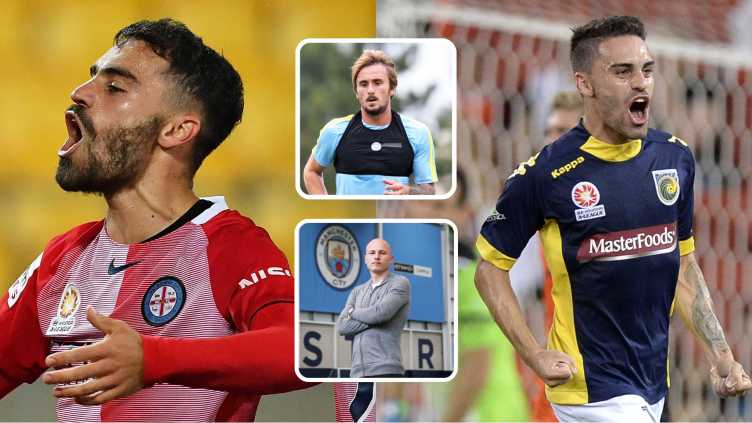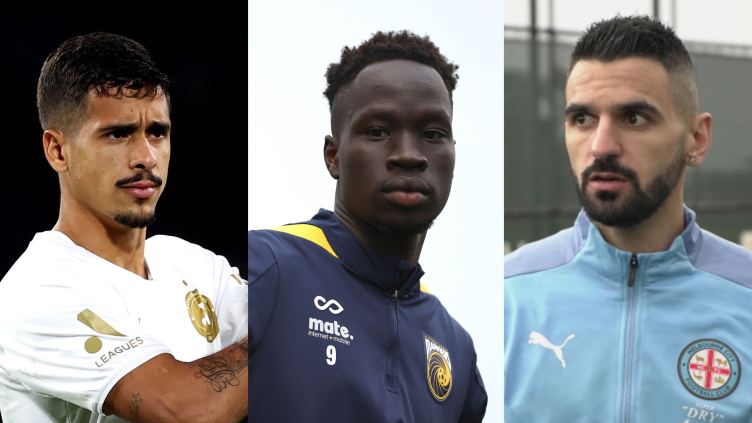In 2016, Manchester City signed Anthony Caceres from Central Coast Mariners and loaned him back to Melbourne City, causing mayhem in the A-Leagues. Ahead of the Semi Final clash between City and Caceres’ Sydney FC, we look back at a transfer so controversial it literally changed the rules.
When Sydney FC and Melbourne City face off in the first of a two-legged Isuzu UTE A-League Semi Final on Friday night at Allianz Stadium, two players who were once on the books of one of the biggest clubs in world football will take their place on the pitch.
We’re not talking about former England international Jack Rodwell, one-time Premier League Player of the Month Adam Le Fondre or even Valon Berisha, who boasts Champions League pedigree.
Rather, two Aussies who spent years on the books of Manchester City and, as fate would have it, now call Sydney FC home after both spent time on loan at Melbourne City.
WATCH: A-LEAGUES ALL ACCESS, EPISODE 25: BAD BLOOD
Anthony Caceres and Luke Brattan may never have gotten the opportunity to play for the Premier League giants despite spending three and four years among their ranks respectively, but the former’s transfer was so significant it actually resulted in a change to the rules of the A-League.
Looking back, it’s a saga that represents a fascinating chapter in the history of these two clubs and one certainly worth revisiting ahead of their blockbuster clash in the final four.
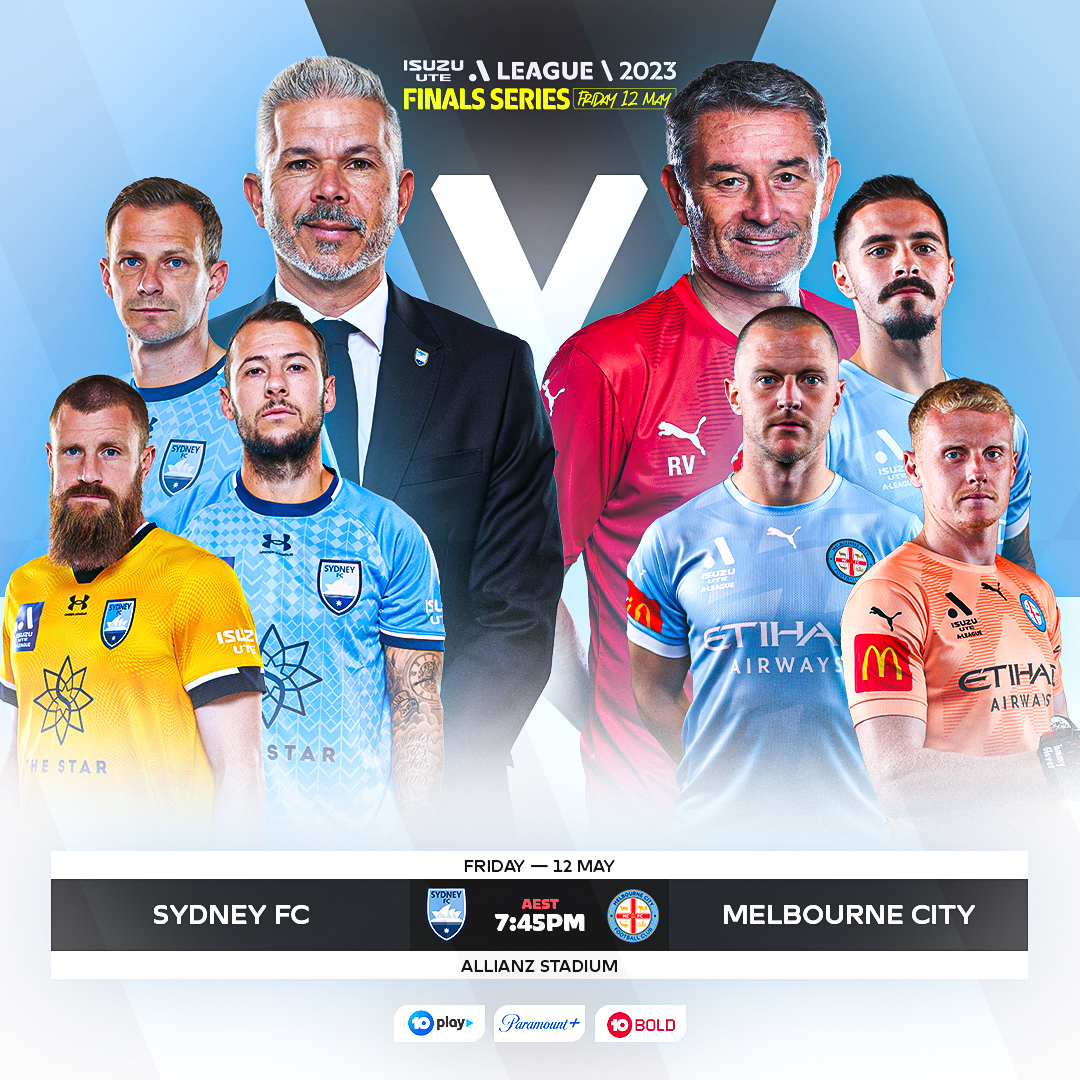
KEEPUP’S SEMI FINAL COVERAGE
ULTIMATE GUIDE: Everything you need to know
JACK RODWELL: ‘It’s daunting and you’re thrust into it..’ advice to young A-League stars in a hype storm
ADELAIDE’S YOUTH GURU: The coach who discovered Irankunda & plotted ‘mission impossible’ against the Socceroos
LE FONDRE: ‘I’ve read that I’m finished… this would be a nice f*** you from all of us’
A-LEAGUES ALL ACCESS: ‘Haven’t seen that ever before’: What sparked surreal derby dressing room eviction
CENTRAL COAST: How two Mariners changed everything for a 6-year-old fan
First, a quick history lesson. City Football Group took over Melbourne City in 2014, adding the club to a stable already containing New York City, but before deciding to purchase what was then Melbourne Heart, they actually held talks to purchase Sydney FC, only to be rebuffed by chairman Scott Barlow.
Suddenly, a football empire had eyes on our backyard; that much was clear as Manchester City signed Brattan on a free transfer in 2015 following the expiration of his deal with Brisbane Roar, with the midfielder loaned immediately to Bolton Wanderers.
At the time, the now 33-year-old labelled it a ‘once in a lifetime chance’, while Socceroos great Tim Cahill took to Twitter to congratulate the club on a ‘top signing’.
Only three months later, the Premier League giants looked Down Under again, paying $300,000 to sign Caceres from Central Coast Mariners.
“It happened so quickly,” Caceres told KEEPUP.
“At the time, I was at the Mariners and the club wasn’t in a good state. I was obviously looking for a move that will take my career to the next level and challenge myself. I never would’ve imagined it would be Man City come along and sign me.
“I don’t think I actually grasped what was happening at the time. My head was just purely on trying to perform, trying to improve as a player and I didn’t really understand the magnitude of the move that I was making.
“So, it was something I had to get my head around real quick… I don’t feel like I really understood it at the time, but it was one of the most exciting parts of my career so far.”
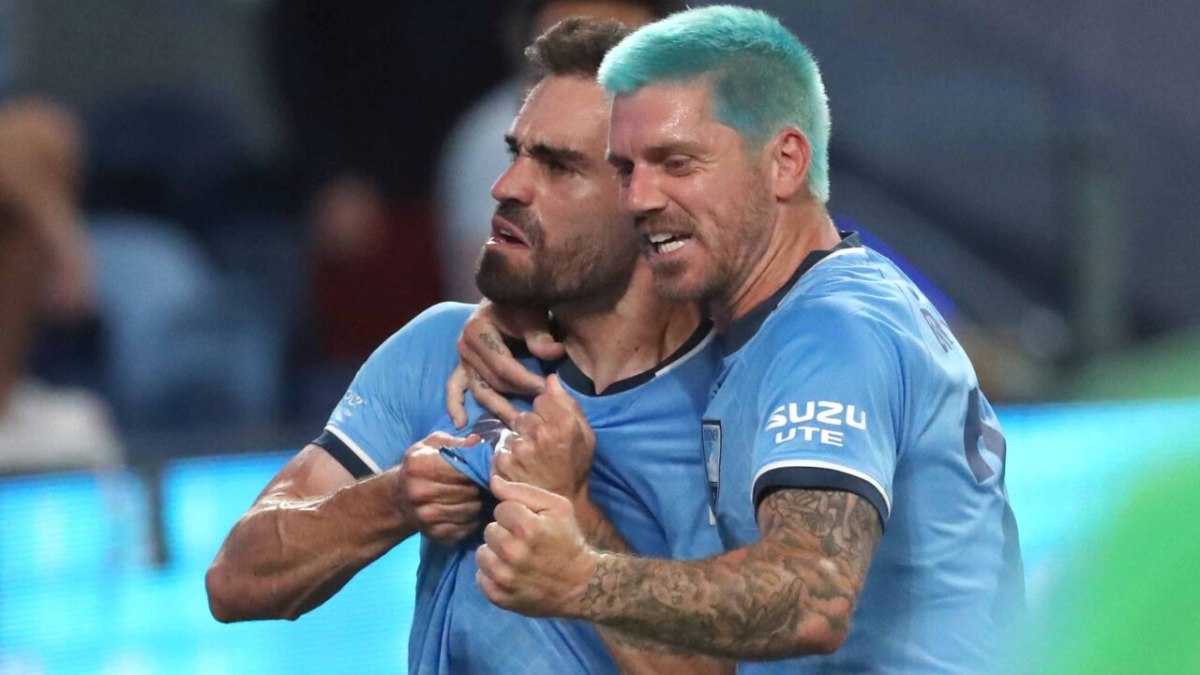
He added: “Na, I didn’t actually (get to talk to Manuel Pellegrini). He did mention me in an interview funny enough. I happened to be watching TV with my old man and Pellegrini starts talking about my signing. We looked at each other in disbelief.
“I didn’t even think he knew who I was. So, that was pretty cool!”
Not long after, Aaron Mooy moved from Melbourne to Manchester and after a series of loans was ultimately sold to Huddersfield Town for a reported £8 million (A$15m), a transfer which brought in more money than CFG paid for the entirety of Melbourne Heart.
In that same season, City’s recruitment was headlined by the captures of Kevin De Bruyne, Raheem Sterling and Nicolas Otamendi as the club splashed an estimated £180m (A$335m), going on to finish fourth in Manuel Pellegrini’s final season at the helm before being replaced by Pep Guardiola.
So, what did they want with a 22-year-old from the Central Coast?
Caceres’ agent Tony Rallis explained to KEEPUP: “I had spoken to clubs here but unfortunately transfer fees couldn’t happen. It wasn’t until the CEO I think at the time at Manchester City saw the highlights and felt that Caceres could be another Aaron Mooy situation.
“So, it was actually encouraged from England to sign him. That is why they signed him.”
However, what happened next ruffled feathers back home. With Caceres unable to receive a work permit to play in England – Brattan had no issue due to being born in Hull – he was loaned to sister club Melbourne City.
Sydney FC CEO Tony Pignata spoke out, labelling the move ‘wrong’, suggesting City had ‘bypassed’ rules that prevented transfers between A-League clubs at the time.
Indeed, an email from a club CEO seen by KEEPUP referred to the situation as a ‘rort’.
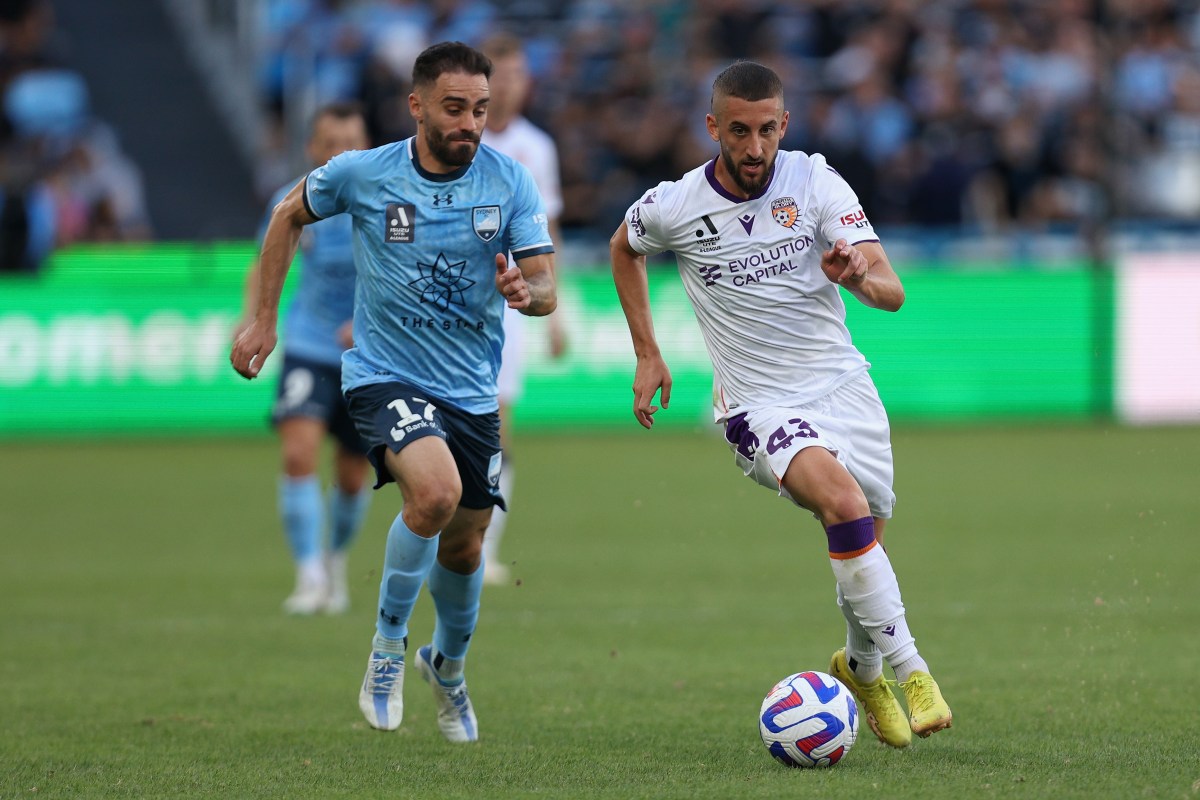
Rallis has a different view.
When it was put to Rallis that the feeling at the time may have been that City were exploiting a loophole in the rules, he responded: “Not at all. How can they make some money? They paid $300,000. If they felt the player wasn’t capable, how were they going to recoup their $300,000?
“We couldn’t get a work permit. City back then didn’t have 12 or 13 clubs as it has today, so it wasn’t as easy to place him.
“The only reason we didn’t go back was he couldn’t get a work permit. Clubs may not be happy about the deal, because what the City Group were doing was pioneer stuff, having multiple club ownerships. In today’s world, everyone is trying to copy it. There are 44 multiple club ownership structures in the world, led by various equity funds and club interests.
“So, something that was very new seven or eight years ago, was intimidating for people that didn’t understand it.
“What aggrieves me is, someone in England in this case supported by the view of the then-Manchester City CEO said, ‘he’s worth the investment’. The investment was made, the Mariners at the time put $300,000 in their pocket and there was a genuine interest in Anthony Caceres’ progress – to the point where there was plenty of times that Brian Marwood, who is a gentleman and looks after most of the non-Manchester City recruitment strategy, had had many discussions with us and Anthony on how to get better, this is why we invested… Countless discussions.”
He added: “This is the thing. Had the move happened today, Anthony would’ve gone to one of their many (sister clubs), whether it was France, Japan etc.. but those clubs didn’t exist back then; there were very few clubs in the network.
“The intent was never to try and deceit the system, I find that offensive.”
Caceres went on to play a key role in Melbourne City’s season, starting in several games including Finals clashes with Perth Glory and Adelaide United, and in total made 46 appearances for the club sandwiching a season in the UAE with Al-Wasl.
The reaction to the move led Football Australia to reassess the rules of the competition itself.
A league memo in April 2016 explicitly cited a review of Caceres’ transfer as the reason for an update to the Player Contract Regulations, introducing a rule that meant loans between sister clubs back to the A-League would not be allowed for two transfer windows after the initial move.
It was widely known as the Caceres Rule.
Caceres himself reflects: “I was pretty surprised by all that noise to be honest, because as far as I understood at the time I was being signed to the City Group and my next move still up in the air.
“I didn’t know where I was going to land; if it was going to be Melbourne City or elsewhere.
“So when I did end up signing for Melbourne City and all this commotion on the outside started happening, I just didn’t think much of it because it wasn’t something I really understood.
“… I still don’t know what that rule is but it changed something! It’s nice to have something named after you at least. You know you had some sort of impact!
“Its one of the things that football produces sometimes. What can I say? I don’t know those laws and all of that, I leave that to my agent and the clubs to sort out.
“I’m simply a footballer who is looking for an opportunity and a chance to improve and embrace the journey. It just so turns out that we made it a bit complicated and therefore they had to name a rule after me, which I’m flattered by in the end!”
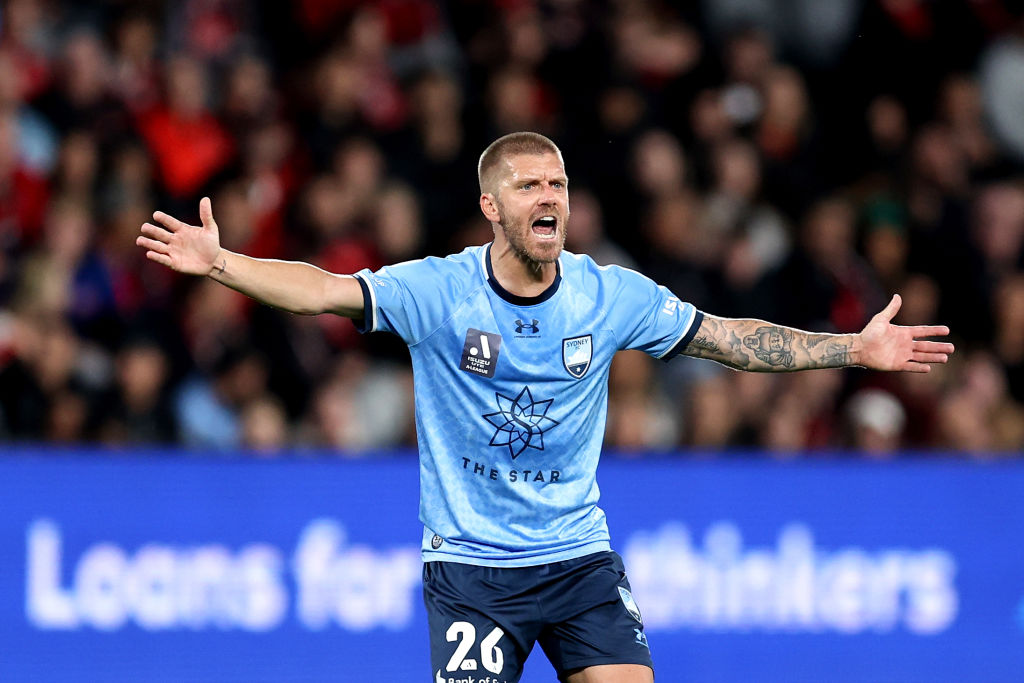
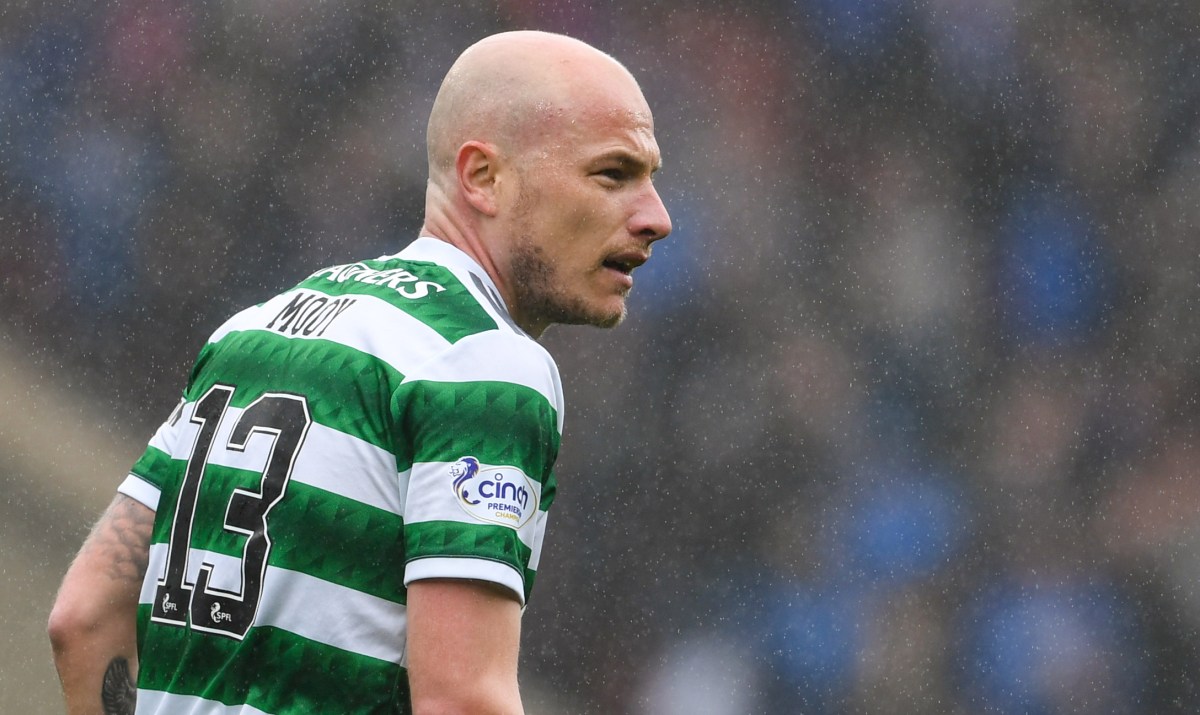

Caceres never set foot in Manchester, but he still considers the move ‘probably the most important thing that has happened in my career, probably after coming to Sydney’, explaining it ‘opened avenues for me to go to Asia’.
Reflecting on the move, he adds: “That one I’m not letting go of, for sure. That’s on the CV.”
For Rallis, whose clients include Socceroos boss Graham Arnold, the transfer is proof of what can happen when Australian clubs prioritise developing local talent.
“While you have the Central Coast and Adelaides, and to a lesser extent Melbourne City because they’ve sold a few, the rest should be understanding the landscape that we’re in,” he explained.
“If we give Australian talent opportunity, the transfers are there. All of a sudden, Jordan Bos, (Nestory) Irankunda, (Patrick) Yazbek, all these guys get given opportunities, what happens? Six, seven, eight hundred, $1 million deals come through. They’re the facts.
“Mo Toure and others, Gianni Stensness, Cam Devlin. A lot of those blokes were being stockpiled in youth teams and many have gone to World Cups, gone overseas.
“We’re not respecting Australian talent. All you have to do was to see a lot of A-League players that went to a World Cup and finished 11th and nearly got a result against the eventual World Cup winners. That’s all you have to do.”
“The old NSL with its Greek takeaway owners, Italian fruiterers and Croatian builders, may have failed some of the commercial, branding and infrastructure requirements, but by god, they got it right when it came to developing players.”
Rallis points to the talent produced by the old National Soccer League, where all 16 clubs prioritised developing Australian talent, leading to the Golden Generation and producing young players who progressed out of their teens with an immense body of work behind them.
“The A-League now with its expansion to 12 and hopefully soon 14 (teams) is starting to rebuild that brand.
“Last week I was in Adelaide, one of the biggest clubs in England was here scouting. I’ve had one of the biggest clubs in Poland here scouting. I’ve had one of the most famous Italian clubs give a mandate for two players this year. Why? Because opportunity being given, primarily opportunity by three or four clubs in the A-League. Imagine if we all did it. We’d have a super team and a Golden Generation in the next five to eight years.
“Graham Arnold was told in Qatar two days ago by the Argentinean coach who went up to him and took a photo and said, ‘you were the toughest team physically to play against’. That is Australian talent. Behich’s famous mazy run, Kuol’s last minute opportunity, we could’ve beaten (Argentina), but we want to talk down our brand.
“I’ve completed 77 transfers to 25 overseas countries. If our pathways are expanded and maybe one less foreigner, Golden Generation is back within eight years.”
